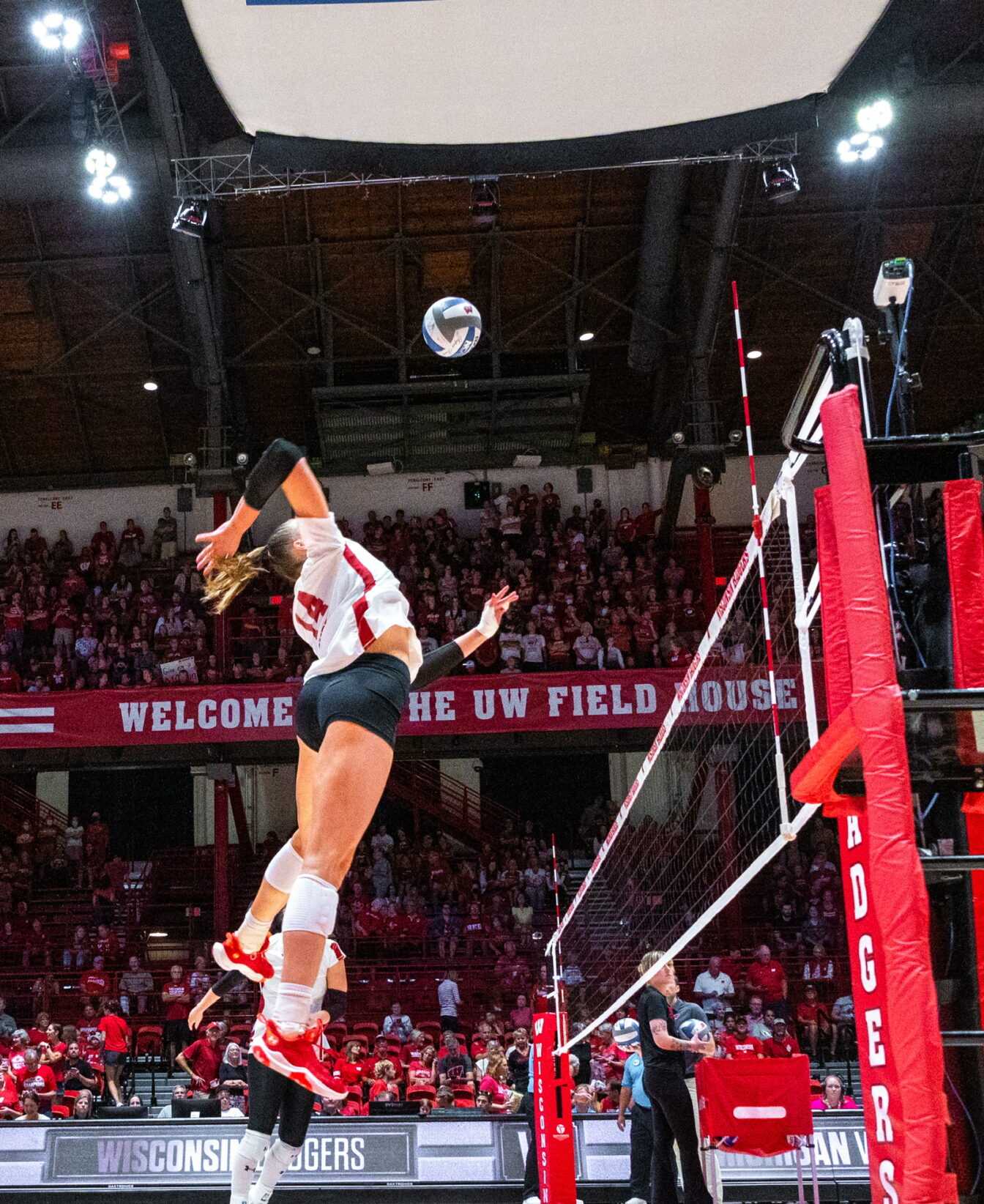“Don’t let perfect be the enemy of good” is not a bad motto for public education in the United States. Chronically underfunded, understaffed and underpaid public schools limp from one crisis to the next while trying to be all things to all people. Schools have an impossible mission; they are supposed to teach math and science while providing athletic and artistic opportunities. They are supposed to teach social skills and moral values while keeping students safe without infringing their privacy. All without costing too much.
As long as resources are finite, schools must cut back in some areas in order to excel in others. The job of deciding which is which falls to educational policymakers, school boards, administrators and teachers. These are difficult choices; every member of society is in some way or another a stakeholder in the educational system, and significant tradeoffs are guaranteed to anger somebody.
Beyond struggling to decide between cuts to the marching band or football team, there are also signs that the public school system is failing its most fundamental mission of educating students. Test scores and graduation rates that fall far short of other nations have galvanized politicians to call this an education crisis and demand sweeping reforms in the way schools are run and the way teachers are hired, fired and paid.
Less discussed, but no less problematic is the way our school system fails students of ethnic and racial minorities. In 2008, the national graduation rate for white freshmen was eighty percent while less than sixty-five percent of African American, Native American and Hispanic freshmen were to finish high school. The disparity was even more pronounced in Wisconsin, where sixty-three percent of black students graduated compared to ninety-four percent of whites.
Madison is no exception. In 2009 barely more than half of the black male students in the district graduated compared with eighty-eight percent of their white counterparts. Black students were also disciplined disproportionately: seventy two percent of students suspended in the district were black, even though African Americans made up only twenty-two percent of the student body.
Statistics like these are an embarrassment. In Madison, a city that prides itself on terrific schools and progressive politics, they should be doubly shaming. Our school district graduates more than fifty National Merit Finalists each year, boasts above average AP and ACT scores and is poised to open a new urban-agriculture-themed charter middle school. Yet it can’t meet the needs of its students of color. This must change.
One part of the problem, argues Madison Urban League CEO Kaleem Claire, is the racial makeup of Madison’s teaching force. Three percent of the district’s teachers are black compared to twenty-four percent of the students. Likewise Hispanics make up 15 percent of the student body but only 4 percent of educators. For minority students, the conspicuous absence of teachers as role models can have a powerful effect on how included they feel in the school.
As one step to reducing the racial disparities in Madison’s schools, Mr. Claire is proposing a new charter school that will follow the form of the famed Urban Prep Academy in Chicago. It would be all male with predominantly minority students. He wants students to attend school for nine hours a day, 215 days a year instead of the normal 180 days that most public schools run, arguing that there is a strong correlation between time spent in school and academic success. He would like to hire teachers that resemble the students, and do so outside the district’s union contract to ensure more flexibility with increased hours.
His proposal has been met with some resistance. Teachers oppose hiring non-union staff and the district worries about where funds would come from. Though Claire says he would like to see an all girls school open in the near future, the disproportionate focus on educating boys is also concerning. And with only 45 students per grade it would not be a real alternative for many families in the district.
It is true that most factors influencing racial disparities in education are out of the control of the school district. However, there is more that can and must be done to help students of color succeed in school. All-boys schools may be a radical approach to education, but so far there is an impressive track record. One hundred percent of the Urban Academy’s graduating class was accepted to college this spring. Whether or not a similar approach could work for Madison remains to be seen, but we owe it to our students to give it a chance.
Geoff Jara-Almonte ([email protected]) is a fourth-year medical student going into emergency medicine.




















